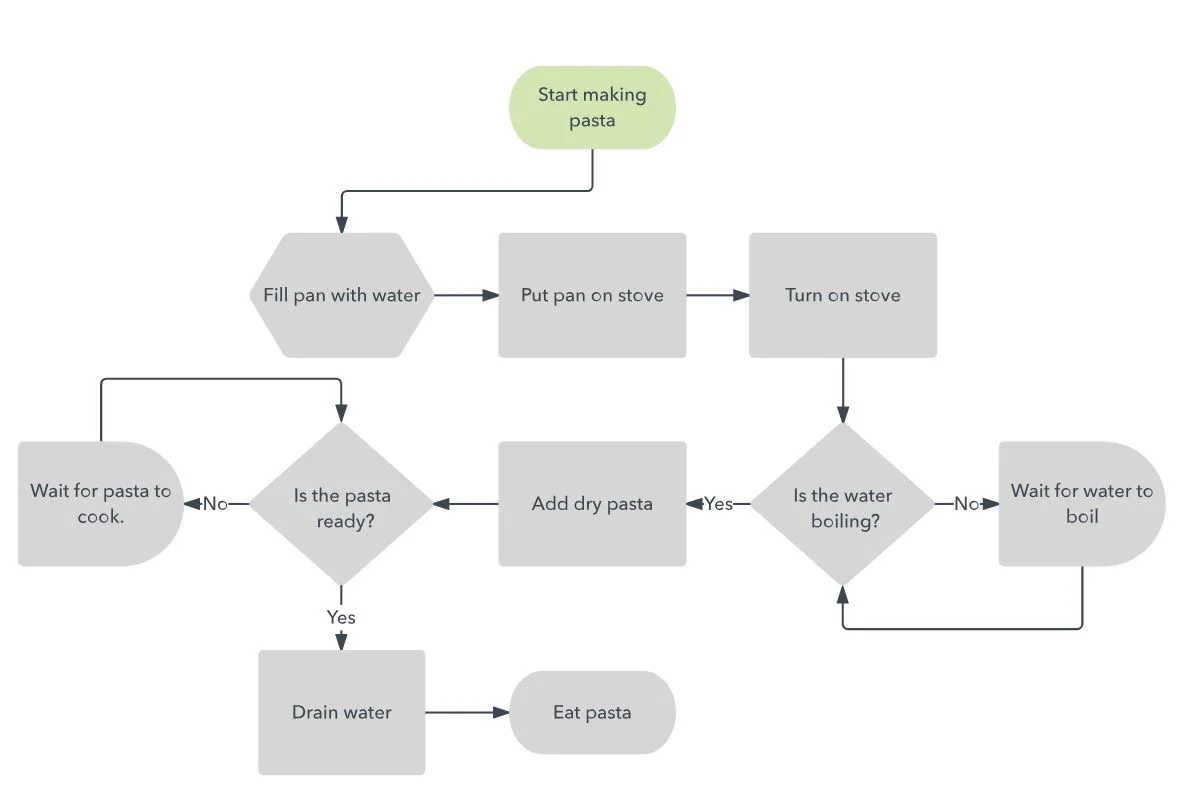Process Maps for Effective Decision Making
Guest User
According to studies in psychology, adults make around 35,000 decisions every day. People in leadership positions often make even more than that! Have you ever considered how you come to make those choices?
Leadership in education often presents decisions and dilemmas ranging from straightforward to much more challenging. With a little bit of thought and collaboration, leaders can mitigate this pressure by creating Process Maps and Decision Models. These tools provide ways to visually describe what is currently happening in any given process or procedure. Once an understanding of a current process is established, leaders can more easily identify what to celebrate and what to attend to. There are endless possibilities for how a process map can be formatted—anything from an if/then flowchart to a detailed swim-lane type map will begin to illuminate where bottlenecks and inefficiencies exist, allowing leaders to streamline and revise processes for ideal implementation of best practices and reduce the emotional burden of decision making.
Here’s a quick example:
Now, imagine replacing the steps to making pasta with the steps used in something like recruitment and hiring for a new position. This model exhibits all of the components of a strong process map:
Boundaries: What kicks off the process, and where does it end?
Actions: What actions are involved in the process? Are there multiple sub-choices in any part of the process?
Order: What action will trigger a subsequent step? If that action does not occur, will the process start over or come to an end?
Model: Use a model to visually represent the flow of actions. Is there anything that needs to be added, as you follow the arrows?
Review and Optimize: Are there missing or redundant steps? Is there enough information about next steps and their owners? Are there flaws like bottlenecks or ambiguity?
Click for even more information and examples. Happy Mapping!

